What past generations from the 20s to the 70s spent their money on
How your parents and grandparents spent their hard-earned cash
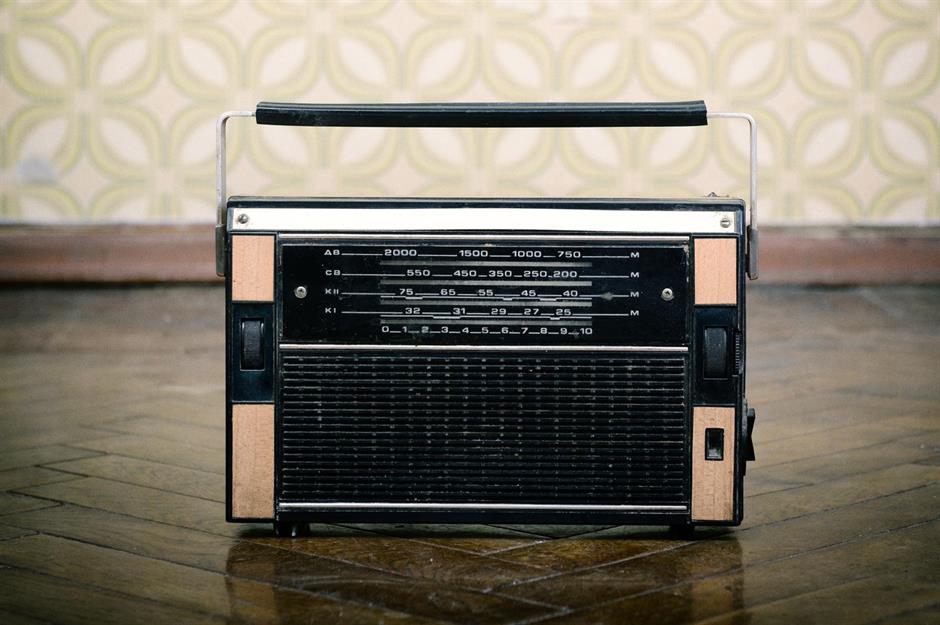
1920s: Radios
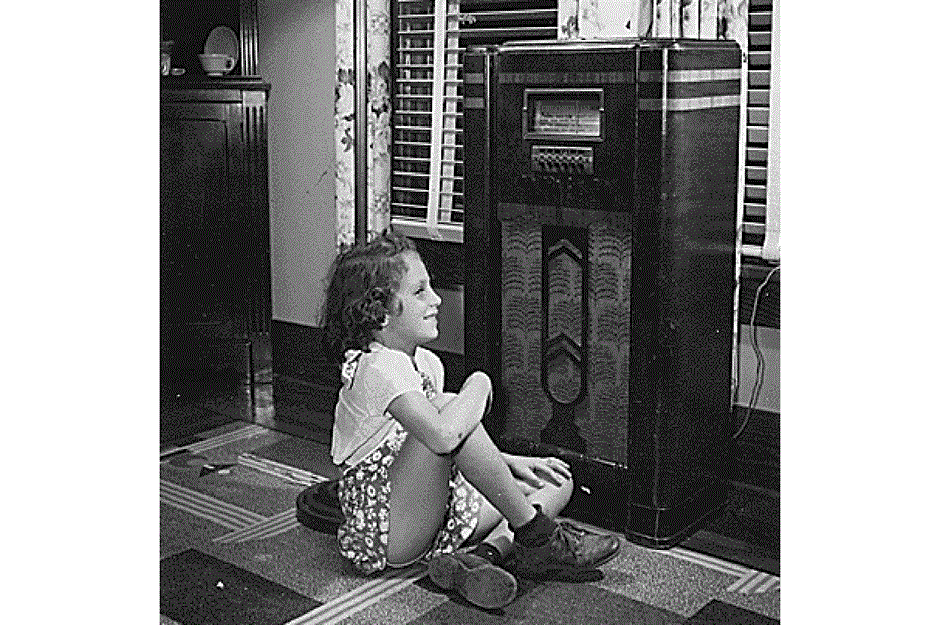
In the 20s one big invention shook up the entertainment scene: the radio. During World War I it had been used to contact ships at sea and send Morse code messages, but in November 1920 the first commercial radio station, KDKA, was launched in Pittsburgh, Pennsylvania. While in the UK the state broadcaster the British Broadcasting Corporation (BBC) was formed in 1927.
1920s: Telephone

While many of us are now getting rid of our landline phones and just using smartphones, in the 20s the telephone was introduced to households for the first time. Although the invention had been patented by Scottish inventor Alexander Graham Bell as far back as 1876, with the first international call taking place between London and Paris in 1891, phones only started to enter the mainstream in the 20s. During the decade, the number of American families that owned a telephone went from 13% to 35%, while those who couldn’t afford to own one paid to use public telephones.
1920s: Ready-to-wear clothing
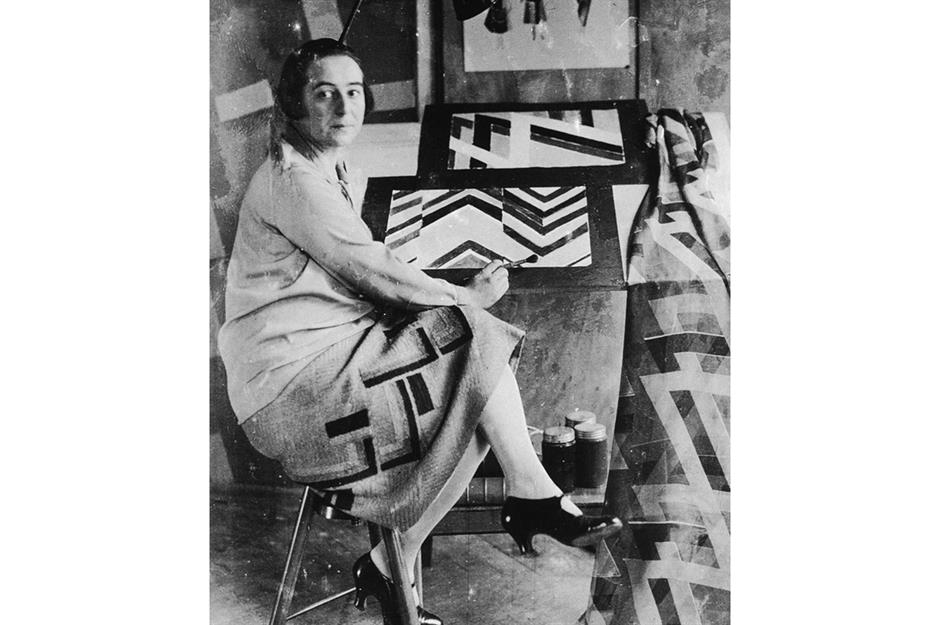
Given the ubiquity of fast fashion nowadays, it’s hard to believe that ready-to-wear clothing didn’t exist until 100 years ago. Standard sizes were invented to create army uniform more efficiently during World War I, and the practice was passed on to the commercial world, allowing people to buy off-the-rack clothing for the first time. Before then, people had either made their own clothes or had them made for them.
1920s: Movies
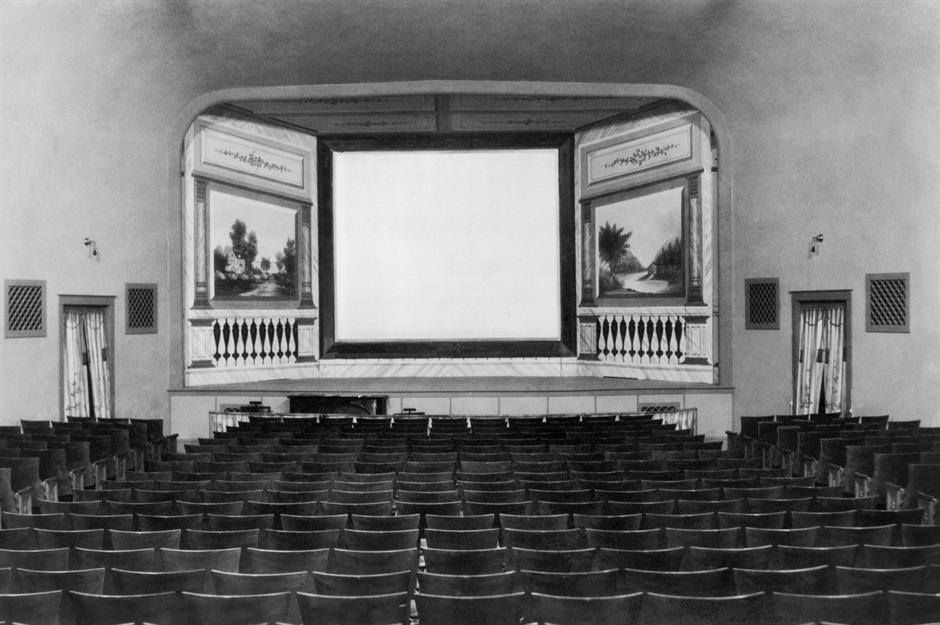
The ultimate pastime in the Roaring 20s was going to the movies. The rise of 'talkies' meant that cinema became a real challenger to live entertainment. In America, attendances soared from 50 million a week in 1920 to 90 million a week in 1929, and out of every dollar that Americans spent on entertainment, 83 cents was spent on the movies. Likewise, in the UK cinema was taken much more seriously, with extravagantly-decorated Picture Palaces and super cinemas popping up across the nation. In the days before television the cinema certainly had a captive audience.
1930s: Alcohol
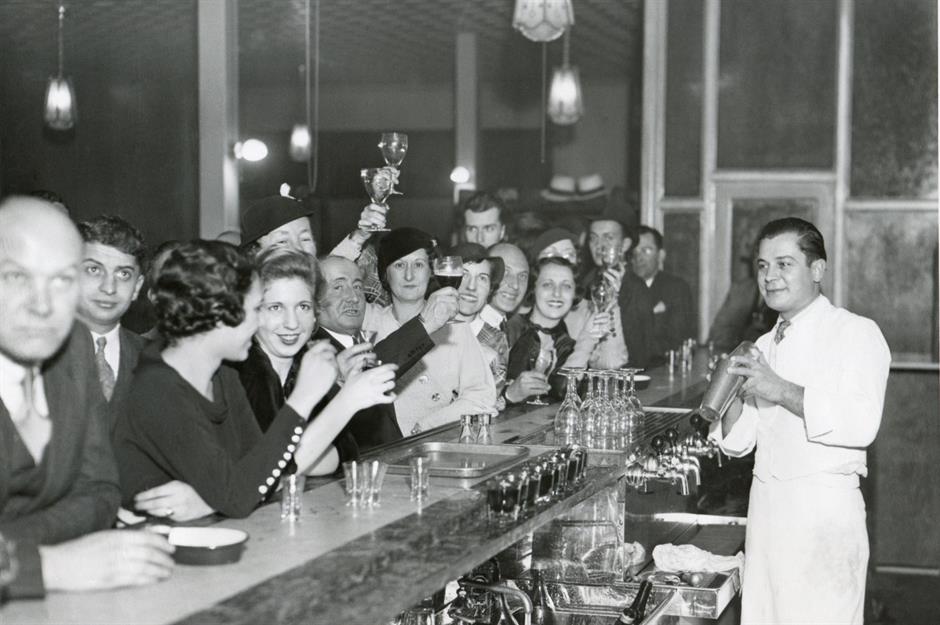
In America the 30s brought the Great Depression, pushing more than 12 million people into unemployment. But it was also a decade that saw significant legislative change: the end of Prohibition, a 13-year ban on alcohol that lasted until 1933. On the night of 5 December that year, people came out in droves to drink their first legal tipple in over a decade. Similarly, in the UK World War I had led more and more women to drink publicly, and by the 30s even more affulent women were heading to the pub.
1930s: Comic strips
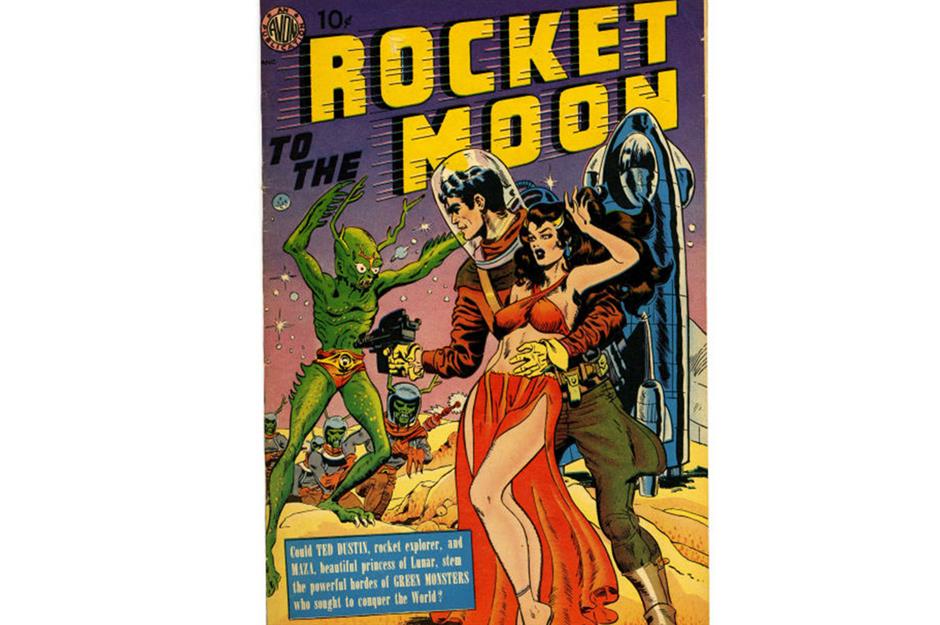
The 30s were when comic books took off. Big names such as American Marvel (then called Timely Comics), and the UK's Beano were launched in the 30s. For a decade characterised by the American Depression, and later World War II, the cheap and accessible form of entertainment comic strips provided had an avid audience.
1930s: Board games
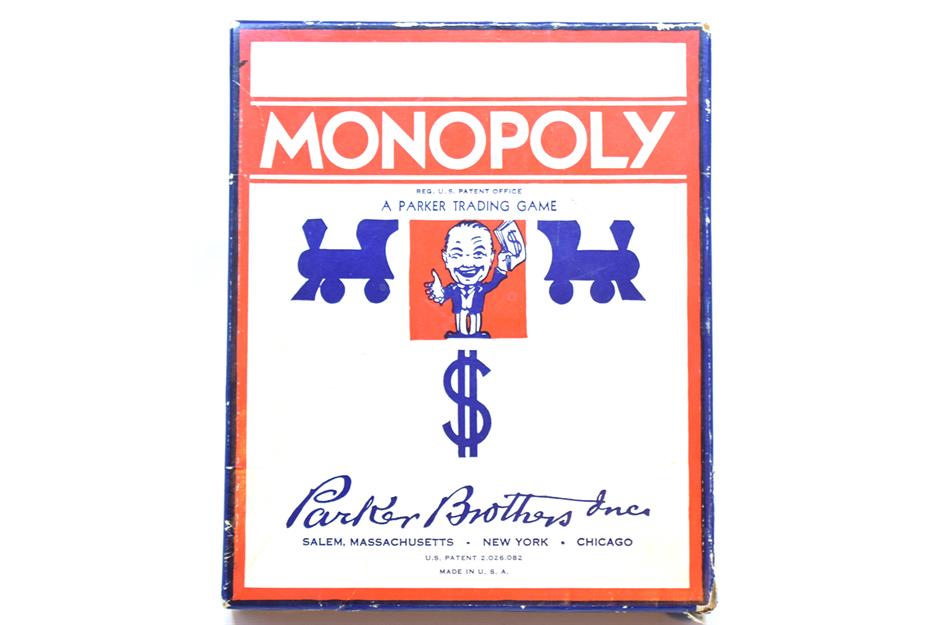
1930s: Tinned food
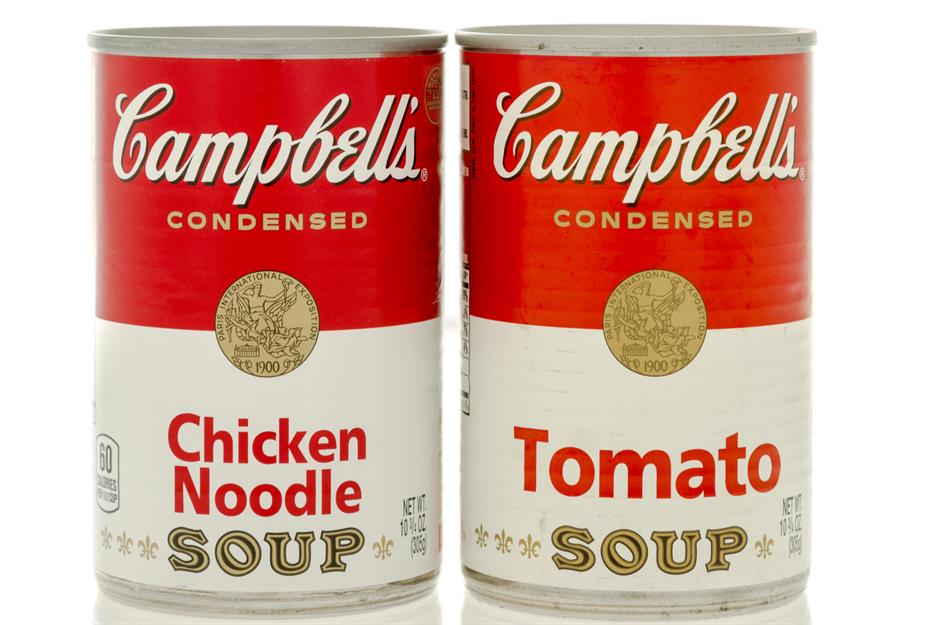
Although refrigerators had begun to enter homes in the previous decade, they were only affordable for a small proportion of people, so tinned food was ideal. In America, Campbell’s Soup rose to popularity throughout the 30s as a cheap, easy way to eat healthily: at around 7 cents a can, the condensed soup cost about a third as much as making your own.
1940s: Homes
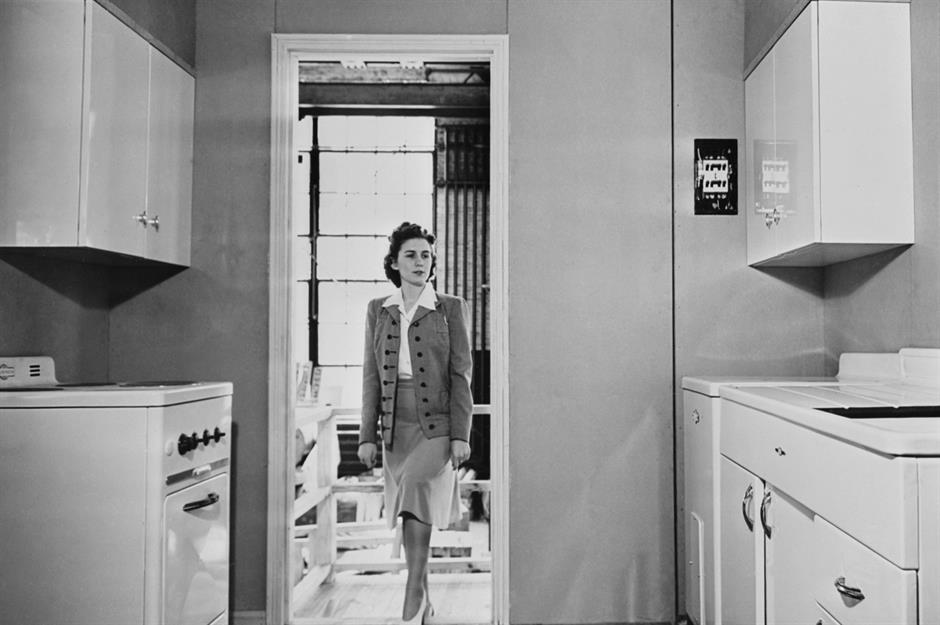
Many people rented their homes in the 30s, but in the 40s that was starting to change. In the US, thanks to the after-effects of President Franklin Roosevelt’s New Deal programmes, legislation was passed to help homeowners so that bank loans for mortgages would be guaranteed. In the following decade mortgages became affordable for large chunks of the population, who moved into newly-built suburbs. In the UK, home building peaked following a private-sector building boom, which dramatically expanded cities into the suburbs.
1940s: DIY and crafts
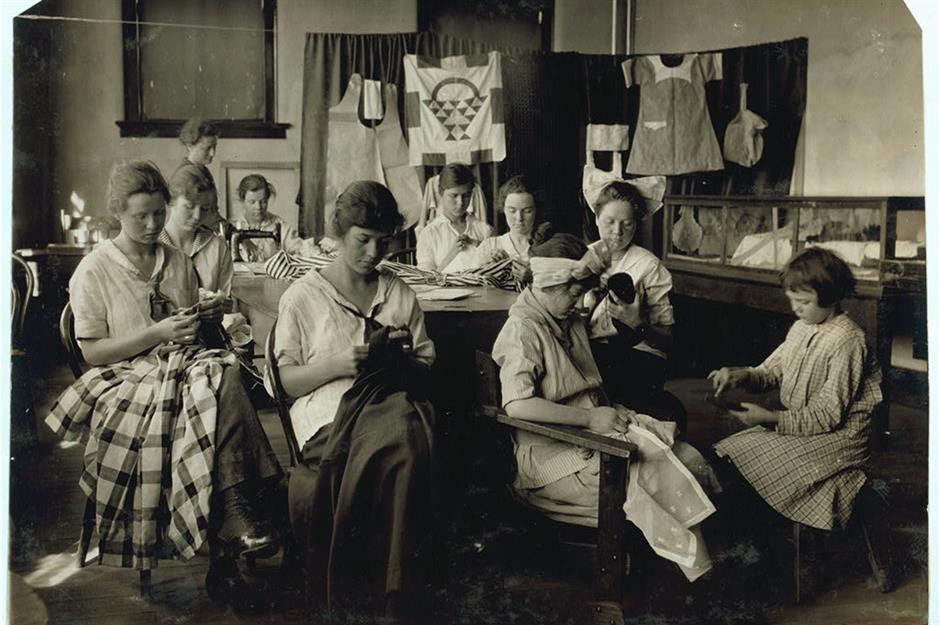
During World War II, a make-do-and-mend attitude prevailed. Households didn’t have much money to spare so it was far cheaper to repair items than buy new, plus clothes rationing limited the amount of clothes that people could buy. In America, a number of craft stores such as Jo-Ann Stores were established and quickly became successful.
1940s: Washing machines
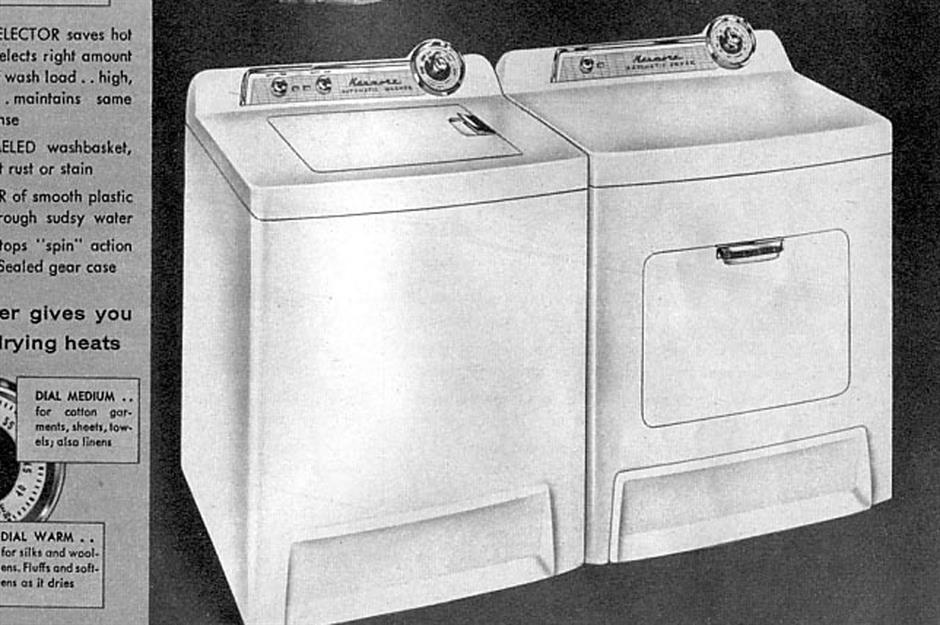
It’s hard to imagine how most of us would cope nowadays without a washing machine – but many people didn’t own one until the late 40s. The first electric machine was actually invented in the 30s but it wasn't until a decade later that you could buy a fully-automated machine. However, it came at a price: the Kenmore Automatic Washer sold for $239.95, which works out at around $4,000 (£3,120) in today’s money.
1940s: Toys
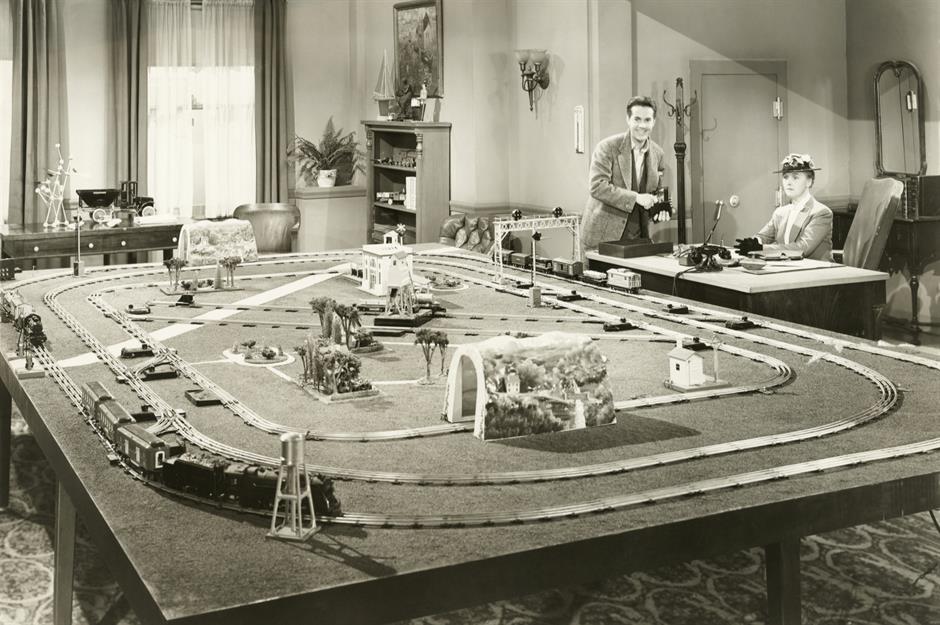
1950s: TVs
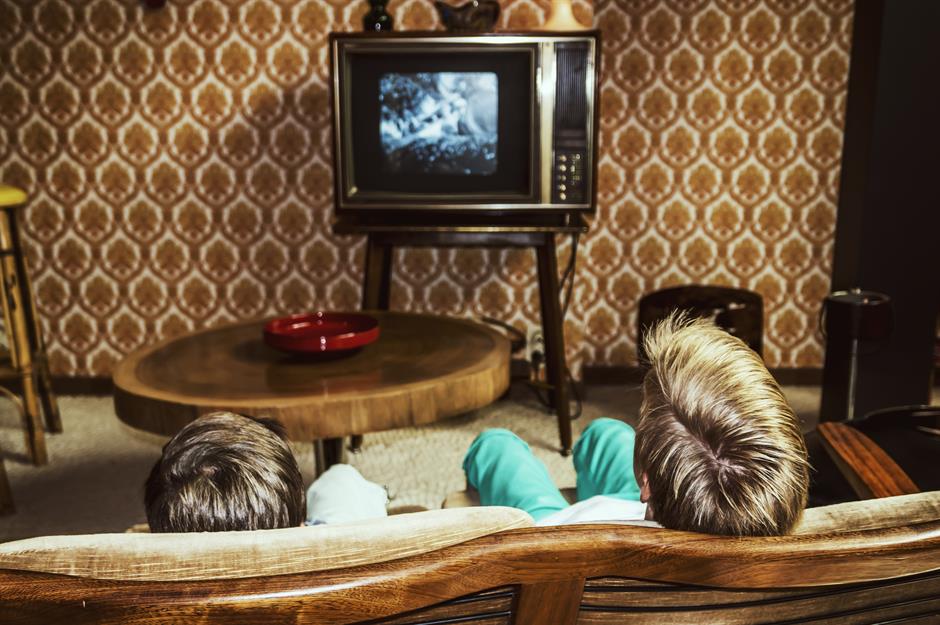
TVs had been around since the 40s but they became extremely popular in the 50s, with 77% of American households purchasing their first TV set during the decade. Costing around $200 – which works out as around $2,100 (£1,640) today – they weren’t cheap, but nonetheless transformed family life and leisure time. In the UK television had so much power that Queen Elizabeth II's 1953 coronation was broadcast, which was seen as a watershed moment for the medium.
1950s: Credit cards

In the 50s, the post-war economic boom was taking hold, and credit cards changed the way we bought goods. The American Express card was released in 1958 and allowed people to pay for purchases at the end of the month. After just five years there were one million of the cards in use, revolutionising the way that people spent their money. But along with credit cards came an inevitable rise in consumer debt.
1950s: Plastic products

Today we are waking up to the environmental dangers of plastic, but in the 50s the pitfalls of the new miracle material were not known and it soon became widespread. Providing us with everything from car parts to raincoats and Velcro, it revolutionised household products and played no small part in the consumer culture that was gaining traction.
What the American Dream looked like the decade you were born
1950s: Cars
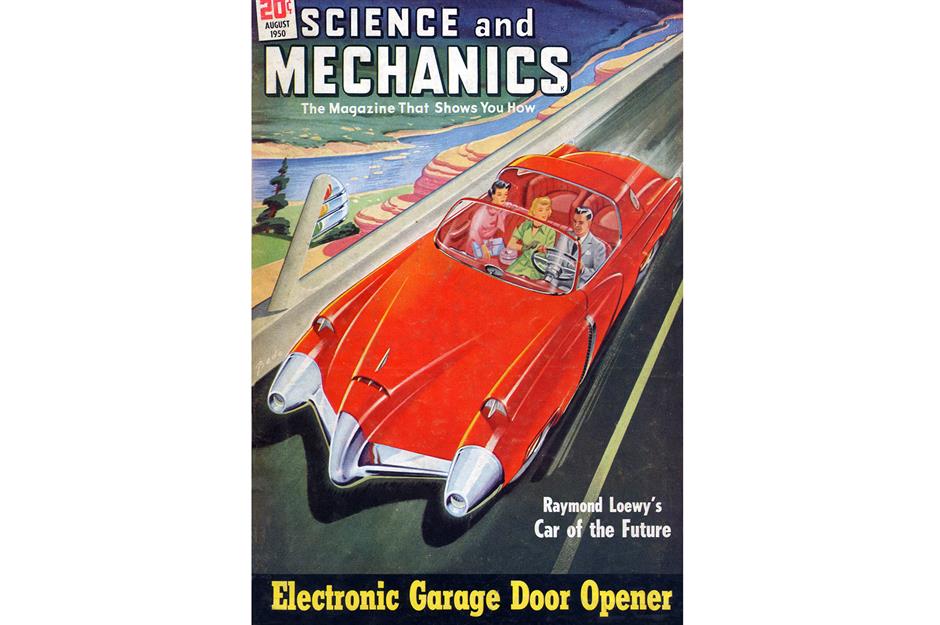
In the 1950s more and more people were buying their own cars, and this impacted not only daily life but the landcape of countries as governments built more roads to accommodate them. In the US the interstate was authorised for construction in 1956. But just owning a car wasn’t enough anymore: people wanted the latest model. From about 1955 the Space Race brought futurism into a lot of American designs, with large tail fins, flowing designs and radio antennas that imitated Sputnik becoming popular.
1960s: Microwaves
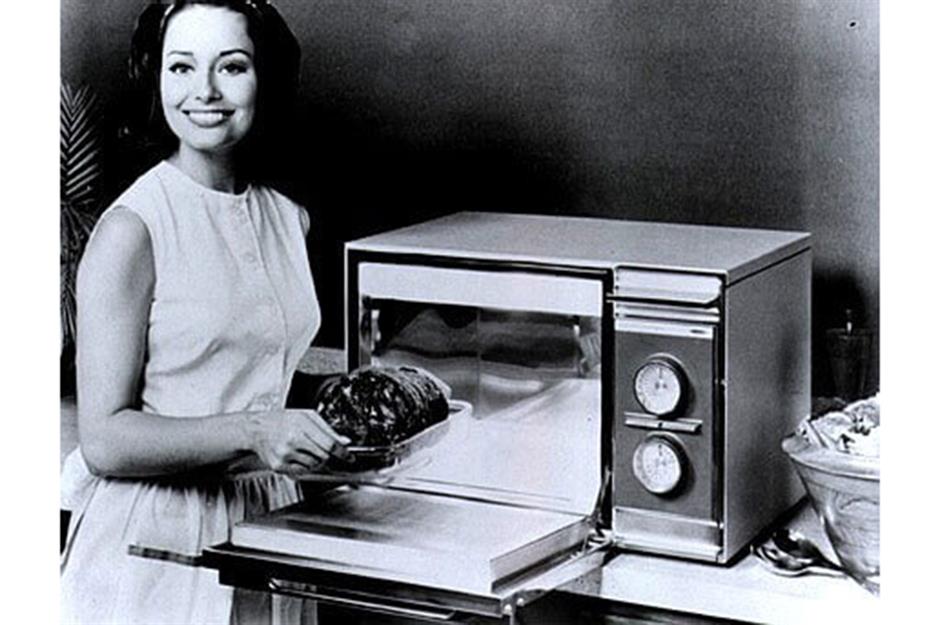
Today it's hard to imagine where we would be without microwaves. Yet the time-saving appliance only entered homes 50 years ago, when it became small and cheap enough for domestic use (microwaves had been used in commercial kitchens for over a decade). Yet, at $495 a pop in 1967, which is around $3,300 (£2,570) in today’s money, they were by no means cheap.
1960s: Lava lamps
.jpg)
1960s: Cameras

Colour photography really came into its own in the 60s, when it became more common to own a camera. The Kodak Instamatic was launched in 1963 to huge success, selling 60 million units over the next two decades. At $20 apiece, around $170 (£130) in today’s money, it was reasonably inexpensive to own one of these cameras too.
1960s: Portable radios
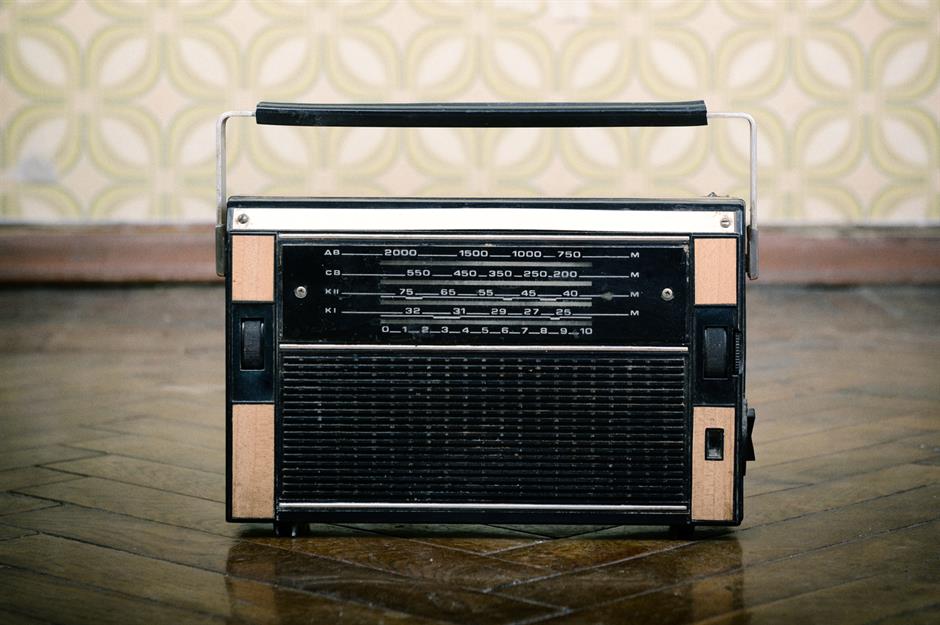
1970s: Entertainment

In the 1970s, American personal spending on recreation averaged $708 a year according to the Bureau of Labor Statistics, which is $4,660 (£3,630) a year in today’s money – the highest amount for any decade in the past 75 years. This was partly down to a very young population, with the median age being just 28.1 at the start of the decade, so there was higher demand for concerts, movie theatres and bars. It was a similar state of affairs across the Atlantic in the UK, and cinema tickets, radio licences and even containers of beer for parties were included in the UK Office for National Statistics' inflation calculations in 1977.
1970s: Walkman
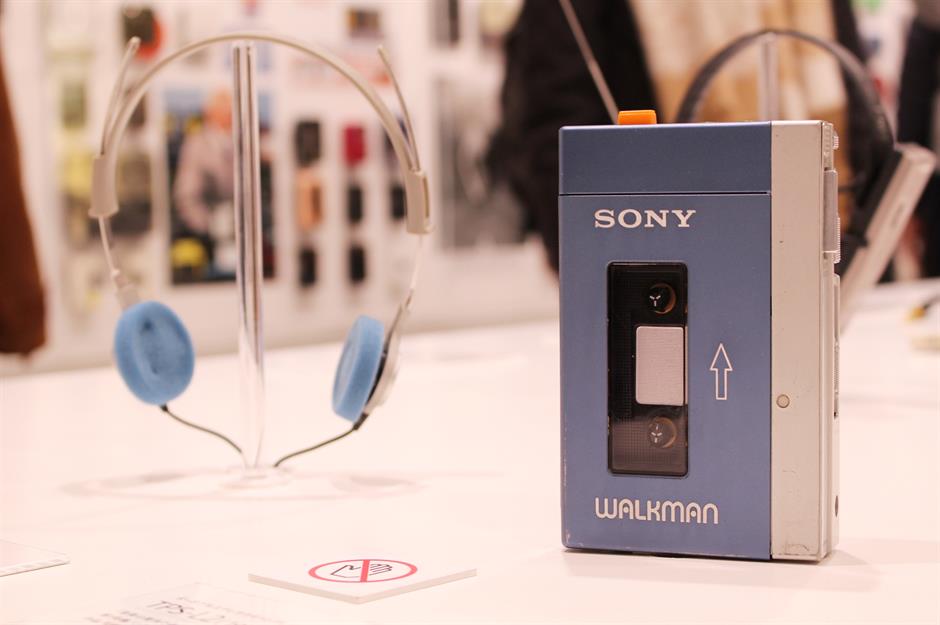
1970s: Computer games
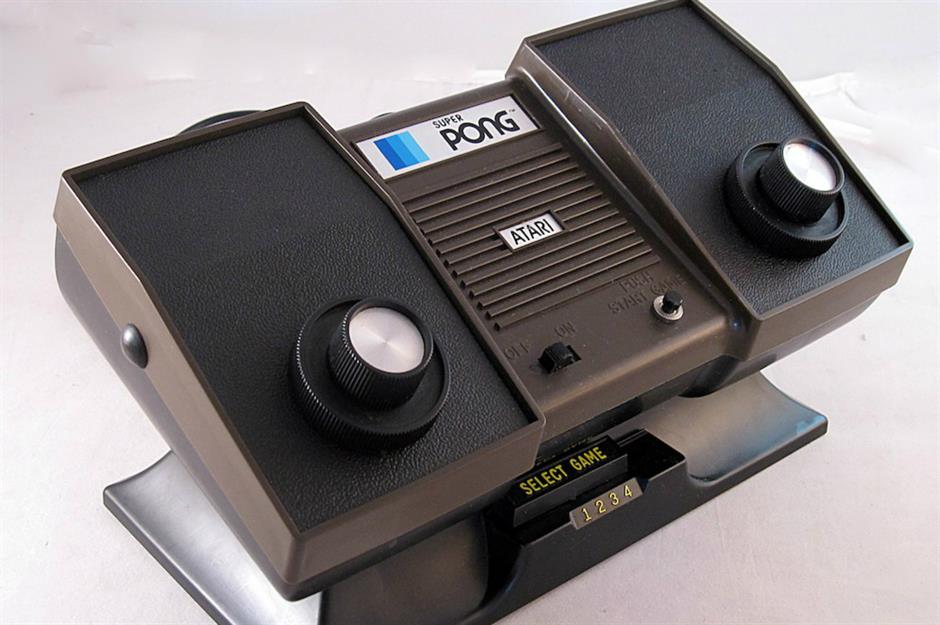
The 1970s saw the arrival of the first commercial computer games. When Atari released the game Pong in 1972 it had the first commercially successful computer game on its hands, making its Atari 2600 console the one to buy. The company was sold to Warner Communications in 1976, and Atari was reportedly the fastest-growing company in the US at the time. But sadly it suffered in the video game crash of 1983, where market saturation and falling interest in video games impacted sales.
1970s: Pocket calculators
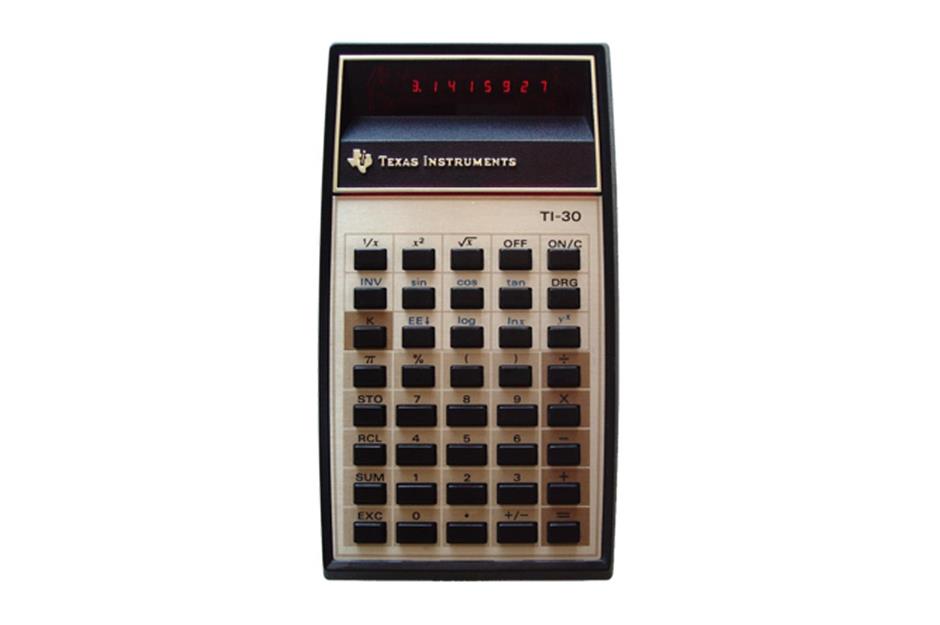
It might not sound very exciting today but when the pocket calculator was launched people went crazy for it. The first pocket calculator was released in 1970 and sold for a staggering $395 – that's $2,600 (£2k) in today’s money – although the technology soon developed and they became cheaper and more widespread.
1970s: Holidays abroad
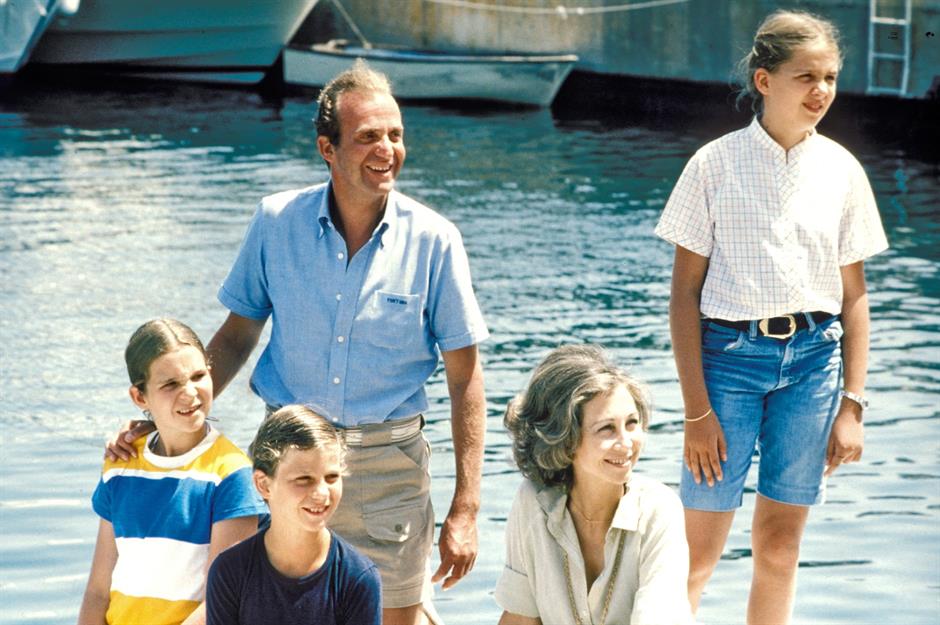
It might be bizarre to think that what we now call a “staycation” was the typical holiday back in the day. Only in the 1970s did travelling abroad really catch on, with package holidays making foreign trips affordable to the masses for the first time. Spain became the go-to destination for Brits, while Americans sought out sun in Mexico, Cuba (briefly while the travel ban was lifted), and the Caribbean.
Now discover the 50 people who own most of America
Comments
Be the first to comment
Do you want to comment on this article? You need to be signed in for this feature